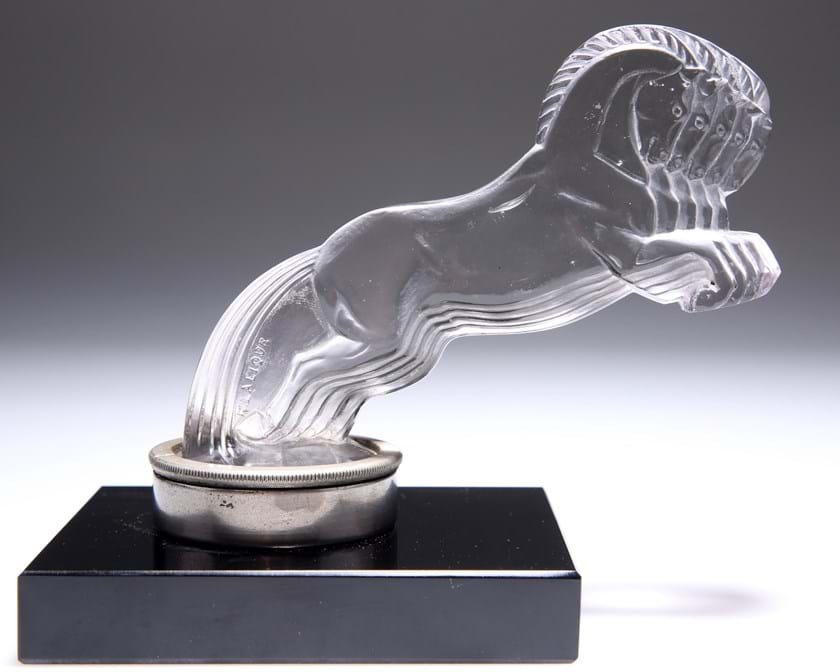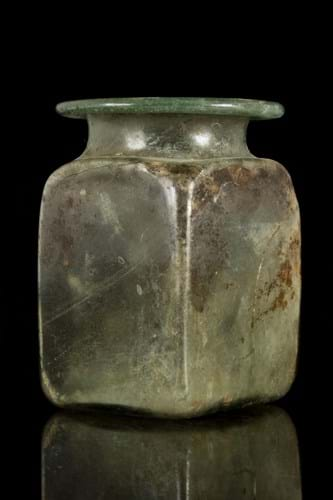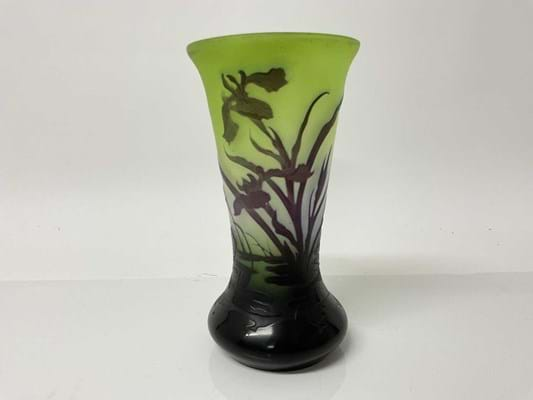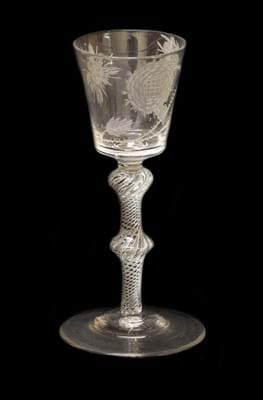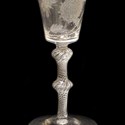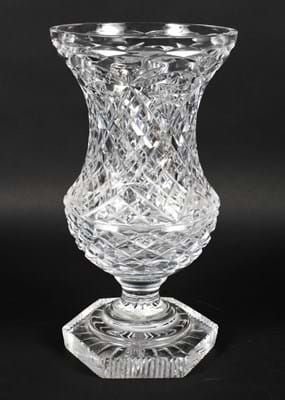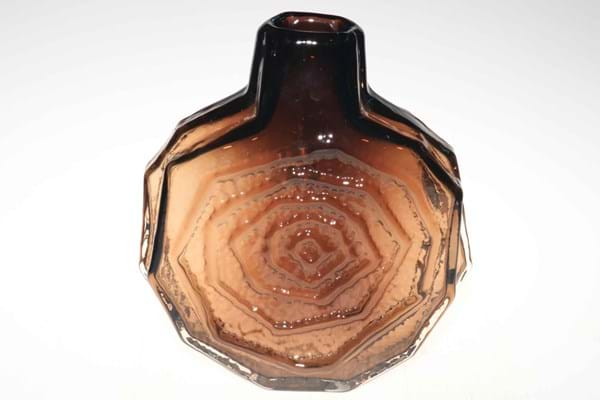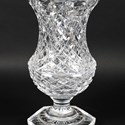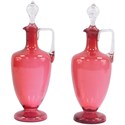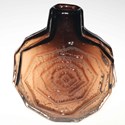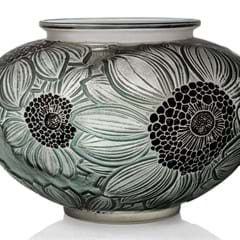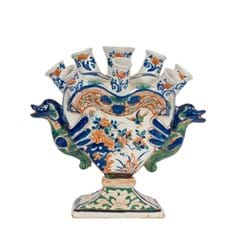An expert's guide to antique and collectable glass
A wide variety of glass across different styles and periods is available to buy at auctions on thesaleroom.com.
Lalique Cinq Chevaux car mascot, Elstob & Elstob, Ripon, July 2022 - £4400.
Items made from glass can be either functional or decorative, or sometimes both.
In terms of styles, glassware tends to follow the other developments and fashions of the major decorative art movements, but this is also coupled with changes made by technical innovation.
Key factors in determining value in the market include the reputation of the maker and the rarity of the item itself.
Condition is also very important. When searching for glass at auction, the lot description may contain details about any condition issues but you can also request a condition report from the auction house.
Popular collecting areas including ancient glass, Georgian and Victorian drinking glasses, historic makers like Beilby and Whitefriars, and modernist designs by the likes of Emile Gallé and René Lalique.
A brief history
The principal ingredient in glass is silica which is derived from sand. By heating it with various other ingredients to form a liquid, it can be blown or moulded into a huge variety of shapes that solidify on cooling.
Glass has been used and collected since ancient times in Mesopotamia and examples of luxury items made by the Egyptians include small glass containers for cosmetics.
As well as creating high quality finely worked blown vessels, the Romans and glass makers in the eastern Mediterranean produced examples of cameo glass which involved cutting through several different coloured layers to reveal a design imitating carved hardstones. This technique was then largely lost until its revival in the 19th century by firms such as Thomas Webb in the West Midlands.
A particular innovation in Britain came in the late 17th century with the invention of lead crystal glass by George Ravenscroft. This involved adding lead oxide to the ingredients making it easier to smelt and work the finished product heavier and more brilliant in tone.
Collectable categories
One popular collecting area is 18th century and 19th century functional drinking glasses.
Collectors often focus on acquiring different shapes which are often related to their function such as wine glasses with baluster shaped stems or glasses with spirals threads of opaque white encased in the stems.
Others have engraved decoration which hints at their purpose such as pears or apples for cider.
Many 18th century glasses have much smaller bowls than today’s wine glasses. Often the contents were drunk down in a single draft. Additionally, some were used for cordials and drinks we don’t see so often today such as ratafia.
Similarly ale glass were often small flared vessels set on short footed stems and were much smaller than today’s pint glasses or tumblers.
In central Europe in the 18th century there were many glasshouses excelling in creating elaborately cut and engraved vessels in the baroque and rococo style.
Another form of decoration was stipple engraving – finely worked designs employing many tiny dots to create delicate portraits and landscapes. This was a speciality in the Netherlands of craftsmen such as David Wolff.
Decorative pieces
Glassware created for decorative purposes has a long history but industrialisation and mass production made glassware more affordable for the wider population.
In the 19th century many different categories of decorative wares were produced in Europe and America. Coloured glasswares in ruby or yellow were popular as were a variety of different techniques that produced a lustrous or opalescent effect and pieces with elaborate enamelled decoration.
There was also a growth in the production and collecting of paperweights (now a special collecting category). Paperweights made use of small mosaic glass elements (known as murrines) that are encased in clear glass to create elaborate effects such as millefiori designs. French firms such as Clichy and Baccarat produced paperweights. So did firms in America and Scotland.
In the late 19th early 20th century the fashion for naturalistically-designed applied arts evolved into various glass producers in Eastern France around Nancy. The most famous are Emile Gallé and Daum which created highly decorative pieces, especially vases, that used multiple layers of coloured glass decorated with engraving, acid etching and inlay.
Another much collected Alsace-based French firm still in production today is Lalique. René Lalique started out making jewellery in the Art Nouveau era but some of his most famous creations are designs produced in the early and interwar decades of the 20th century and have a much more Art Deco feel.
Lalique’s Deco designs such as his vases decorated with mistletoe, parrots, thistles, snakes and friezes of dancing bacchantes in clear, frosted or coloured glass continue to attract buyers today.
He also had a strong line in car mascots.
What to do next
Decide how much you’d like to spend and use the search facility on thesaleroom.com to find glass coming up for sale.
You can filter your search by, among other things, price and by location of the auction house to narrow down your selection.
To research recent prices at auction to see how much different silver items sold for you can also try out the Price Guide.
If you are new to bidding check out our guides to buying at auction – it’s easy once you know how.
